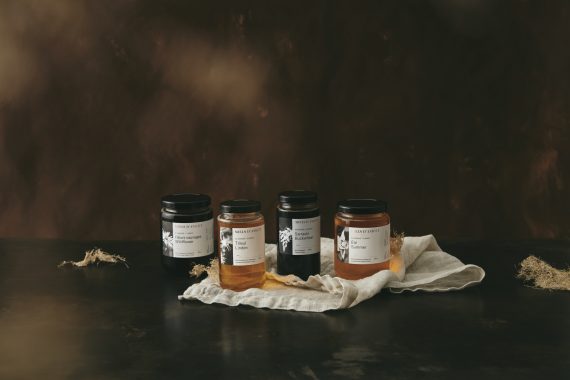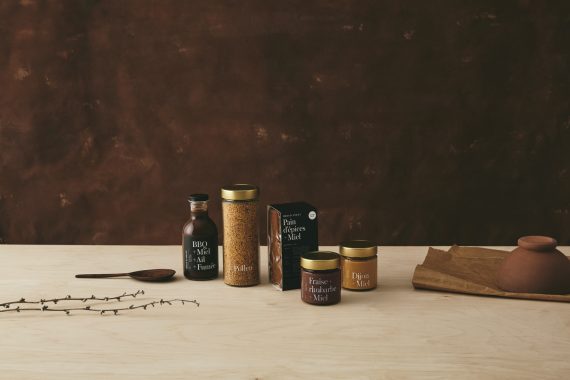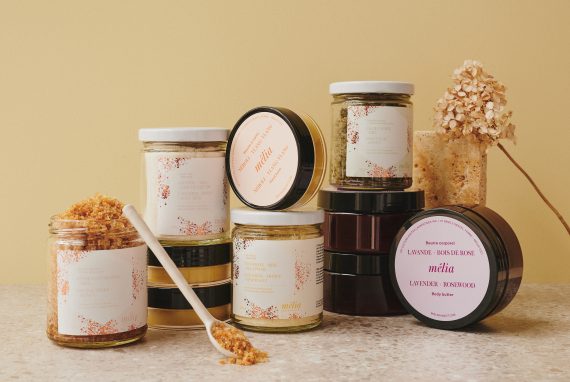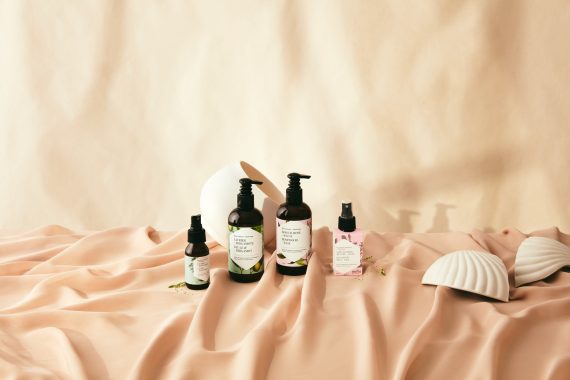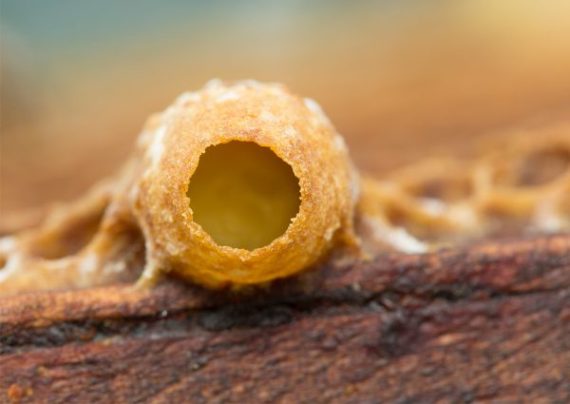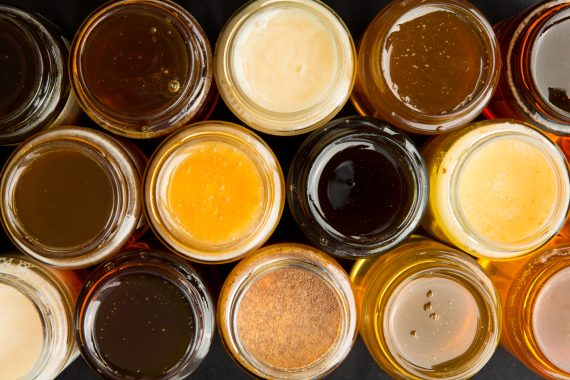
The crystallization of honey
Why does honey crystallize?
Crystallization, that strange phenomenon that turns your beautiful golden honey into a block of sugar and can trigger emotional responses about food safety, deserves a prominent place in my chronicles. Why?
Because it’s an intrinsic phenomenon of honey and a mark of quality for you…
Because it proves that honey is a living substance, making it fundamentally different from white sugar.
Because everyone has questions about honey crystallization, and most people believe that once honey has crystallized, it’s no longer good!
The texture of honey always influences our tasting experience. When bees produce honey, it is all liquid. Over time, crystals develop, changing its liquid texture into creamy, grainy, or even viscous stages. This phenomenon is not a degradation of honey, but rather a sign of its evolution and a mark of its “living” character.
Honey, a living food!
The texture of honey is largely dependent on the source of the nectar. Some nectars, once transformed into honey, have a consistency that is characteristic to them. For example, heather honey is so gelatinous that it cannot be extracted from the frames using centrifugal force. In some cases, like raw honey from autumn blooms, crystallization becomes a pleasant asset as it naturally transforms liquid honey into creamy honey.
Conversely, for honeys that have been overheated during extraction or jarred, the crystallization can be so coarse that it makes the honey firm, making it difficult to scoop with a spoon, which somewhat diminishes the pleasure of consuming it.
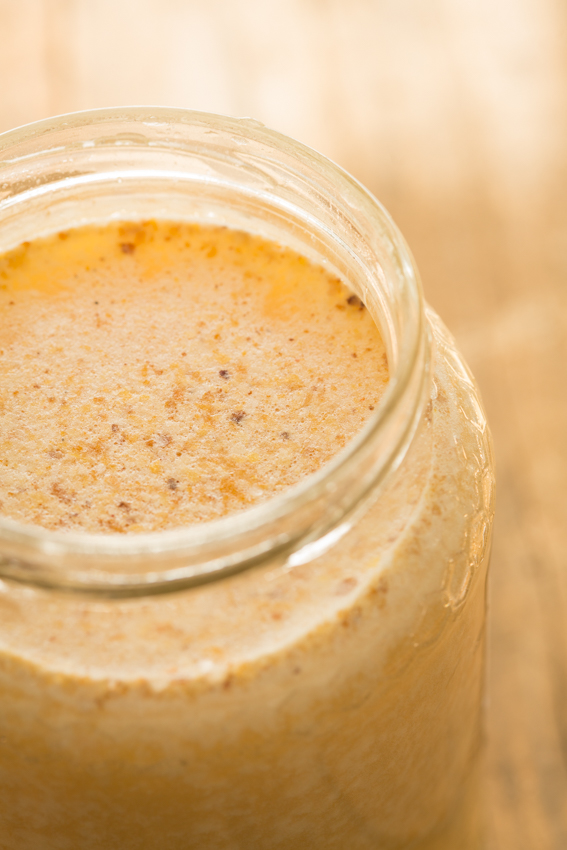
Creamy or raw honey?
In North America, creamy honey, also known as “whipped honey,” is very popular. It is made from liquid honey that is simply whipped to achieve a creamy consistency. Beekeepers typically use white or golden honey so that the final product’s color resembles that of cream.
One should not confuse creamy honey with raw honey, whose smooth texture and whitish color are indicative of a completely natural crystallization. Unfiltered and never heated, raw honey—still in its natural state and enriched with residues of pollen, beeswax, and propolis—is much richer in active compounds. Treating yourself to raw honey is like eating it straight from the hive!
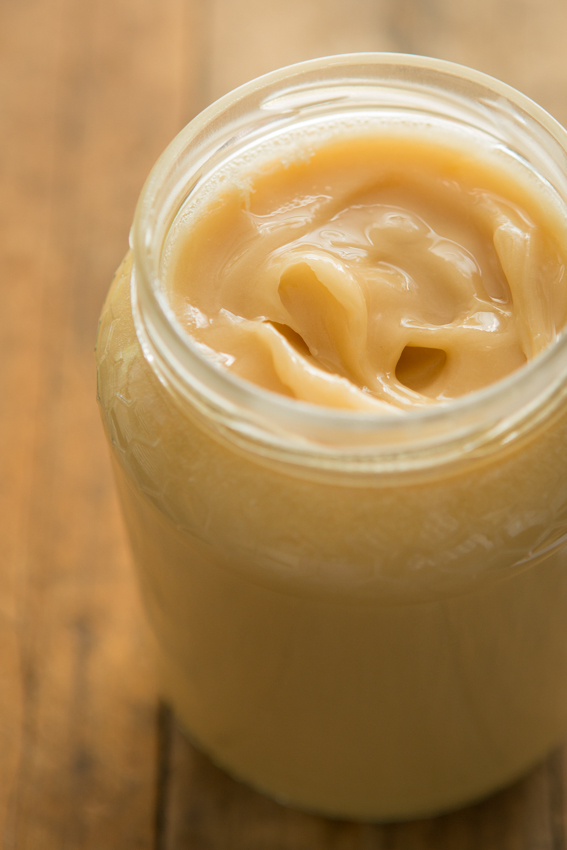
Pasteurization
Murder of honey and practical solutions for the industry
I could have written an entire column on pasteurization, but I’ve chosen to discuss it here because it is an integral part of the love story between humans and honey crystals. Unfortunately, many beekeepers today excessively heat honey to prevent crystallization. Indeed, in an effort to meet consumer demands and simplify marketing, many packagers pasteurize honey to provide consumers with a standardized product that will not change once jarred.
One of the cultural symbols of pasteurized honey in North America is our friend the honey bear. A cute plastic jar filled with honey, from which you squeeze the “belly” to release a stream of honey. This powerful American marketing concept also demonstrates that pasteurization is the industry’s choice. Indeed, the only way to get the honey out of that jar is for it to remain liquid at all times. Unfortunately, this symbol reflects a lack of quality, emblematic of our beekeeping industry that opts for pasteurization to standardize honey.

